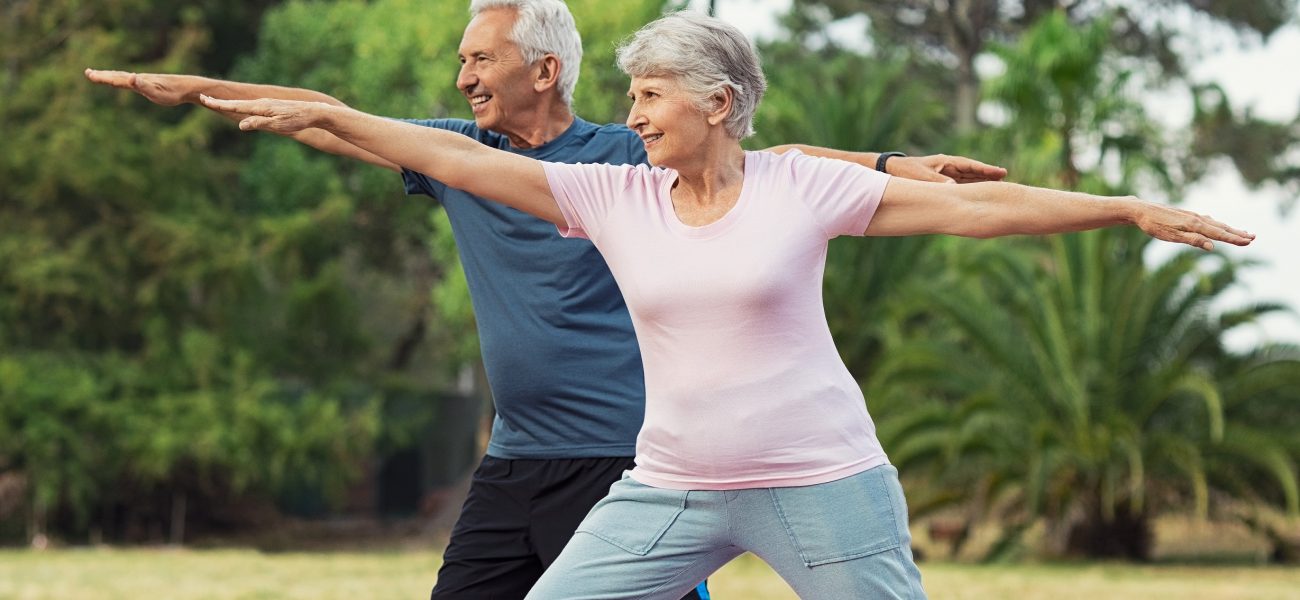6 Steps You Can Take to Treat Urinary Incontinence at Home
Urinary incontinence can happen to anybody, man or woman, especially older people. When a person accidentally passes urine, it is known as Urinary incontinence. Urinary incontinence can affect anyone, although it is more common in older and ageing persons, particularly women. Incontinence is often curable or manageable.
How You Can Treat Urinary Incontinence At Home:
Dealing with urinary incontinence needs a calm mind and some patience. There is no point getting worked up over an involuntary reaction of the body.If the urinary incontinence is very serious, you may need to seek medical help. In the meantime,there are several ways in which you can treat urinary incontinence at home. You can adopt them to adjust your diet and lifestyle and reduce the frequency of leaks.
Some of them are:
-
Management Of Fluids And Diet:
In order to regain bladder control. Acidic meals, Caffeine and Alcohol intake must be avoided or kept limited. Reduced beverage consumption, weight loss, and increased physical activity can all help to alleviate the condition.
-
Double Voiding:
To assist you in learning to completely empty your bladder in order to avoid overflow incontinence. Double voiding refers to the act when the person urinates, waits for a few minutes, and then tries again.
-
Conditioning Your Bladder:
To postpone urination once you’ve felt the urge to go. You might begin by delaying urination for 10 minutes whenever you feel the desire. The idea is to go longer between toilet sessions until you’re only urinating every 2.5 to 3.5 hours.
-
Schedule Your Toilet Visits:
Instead of waiting until you need to go to the washroom, urinate every two to four hours. This will also allow you to train your mind regarding the problem. This will also act as a trainer for your pelvic floor.
-
Lifestyle Changes:
Changes in one’s lifestyle may help with incontinence. Quitting smoking, saying “no” to alcohol, losing weight, drinking less caffeine (found in coffee, tea, and many sodas), treating constipation and not lifting heavy objects can all assist with incontinence. Water instead of other drinks, as well as minimising liquids before bedtime, may be beneficial.
-
Exercises To Train Pelvic Muscles:
Kegel exercises (commonly known as Pelvic Muscle exercises) help in strengthening the lower abdominal muscles that help you control urination. Strengthening the pelvic muscles allows you to not use loo and hold urine in your bladder for longer periods of time.
FAQ’s
2. How can pelvic floor exercises help manage urinary incontinence?
Pelvic floor exercises, often called Kegels, help strengthen the muscles that control urine flow. Doing them regularly can reduce leaks, especially for stress incontinence. To perform them, simply tighten the muscles you use to stop urine, hold for a few seconds, and then release. Repeat several times a day. These exercises are safe and easy to do at home. Over time, they help improve bladder control and reduce accidents.
3. Can changing fluid intake help control urinary incontinence?
Yes, adjusting your fluid intake can help manage urinary incontinence. It's important not to stop drinking water altogether, as that may cause dehydration and worsen the problem. Instead, drink fluids in moderate amounts throughout the day and avoid drinking large amounts at once. Try to reduce intake before bedtime to prevent nighttime leaks. Also, avoid drinks that irritate the bladder, such as caffeine, alcohol, and carbonated beverages.
4. How does bladder training work to improve incontinence?
Bladder training helps you regain control over your bladder by following a fixed schedule for urination. Start by setting a timer to use the bathroom every hour, whether you feel the urge or not. Gradually increase the time between bathroom visits by 15–30 minutes each week. The goal is to lengthen the time between urinations and reduce sudden urges. Over time, this practice helps improve bladder capacity and reduce leaks.
5. Are there specific foods to avoid with urinary incontinence?
Yes, certain foods can irritate the bladder and worsen urinary incontinence. Common culprits include spicy foods, acidic fruits like oranges and tomatoes, caffeine, chocolate, and artificial sweeteners. Limiting or eliminating these from your diet can help reduce urgency and frequency. Keeping a food diary can help identify which items cause flare-ups. A balanced, fiber-rich diet also helps prevent constipation, which can put pressure on the bladder and worsen symptoms.
6. Can managing weight help reduce incontinence issues?
Absolutely. Excess weight puts pressure on the bladder and pelvic floor muscles, increasing the chances of leaks. Losing even a small amount of weight can make a noticeable difference in managing urinary incontinence. Combining a healthy diet with regular physical activity helps relieve pressure on the bladder and improves muscle strength. Weight management is one of the most effective long-term strategies to reduce symptoms naturally at home.
7. What role does regular exercise play in controlling incontinence?
Regular physical activity keeps your body and bladder muscles strong. Gentle exercises like walking, yoga, or swimming improve blood flow and muscle tone. While heavy lifting might worsen symptoms, low-impact workouts, combined with pelvic floor exercises, can be very effective. Staying active also helps with weight management and reduces constipation, which can put pressure on the bladder. Always consult a doctor before starting a new workout if incontinence is severe.
8. Are absorbent products helpful for managing incontinence at home?
Yes, using absorbent products like adult diapers or pads offers confidence and protection while you manage incontinence at home. They help prevent embarrassment during daily activities and ensure hygiene. Many modern adult diapers are designed to be discreet, breathable, and comfortable for long-term wear. While not a cure, they support mobility and social participation, especially for elderly users or those recovering from surgery.
9. When should someone with incontinence see a doctor?
While home remedies can help manage mild incontinence, you should consult a doctor if symptoms become frequent, severe, or disrupt daily life. Signs to watch for include painful urination, blood in urine, sudden urges without warning, or leaks during sleep. In some cases, incontinence may be a sign of an underlying condition. A healthcare professional can offer tests, treatments, or medications to better control the issue.
10. How long does it take to see results from home treatment?
The time it takes to see results varies from person to person. With consistent pelvic floor exercises and bladder training, you may notice improvements in a few weeks. Dietary changes and weight management may take longer but are equally important. Patience and regular practice are key. If there’s no improvement after a few months, it’s best to consult a healthcare professional for a tailored plan.






















